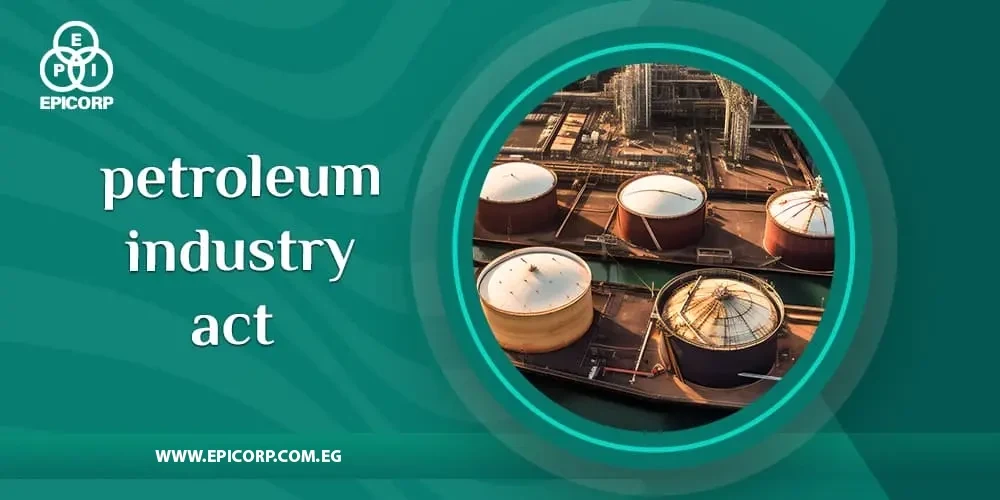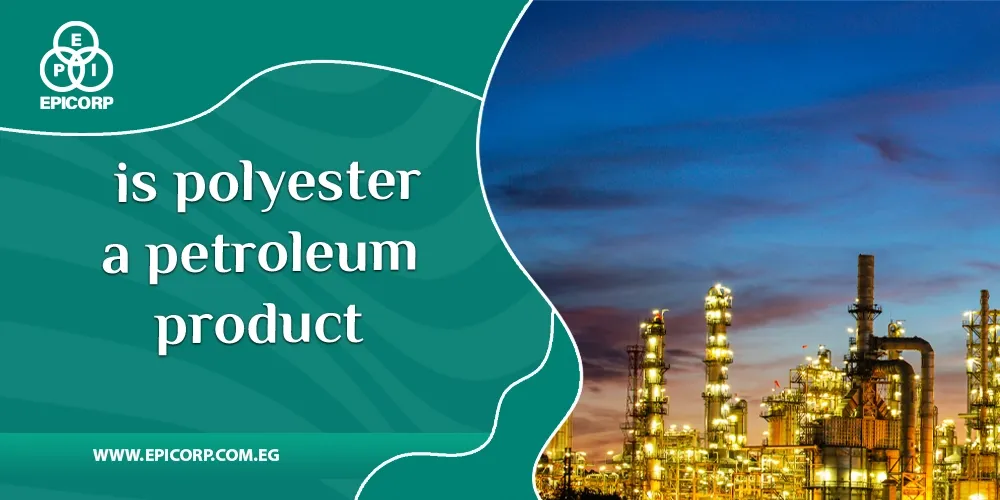gas distribution pipeline form a critical infrastructure network responsible for transporting natural gas from production facilities to end-users, ensuring a reliable supply for residential, commercial, and industrial purposes. This intricate system of pipelines plays a pivotal role in the energy sector, facilitating the safe and efficient distribution of natural gas to homes, businesses.
And other consumers, ultimately contributing to the overall functioning of societies and economies. This introduction sets the stage for exploring the complexities and significance of gas distribution pipeline in the broader energy landscape.
Table of Contents
ToggleRegulation of distribution pipelines
gas distribution pipeline are regulated to ensure safety, reliability, and fair practices. Regulatory measures include:
-
Safety Standards:
Compliance with safety codes and regulations to prevent leaks, explosions, and other hazards.
-
Quality Control:
Monitoring gas quality to meet specified standards for end-users.
-
Rate Regulation:
Controlling pricing and ensuring fair practices in charging consumers for gas usage.
-
Environmental Compliance:
Adhering to environmental regulations to minimize the impact of pipeline operations.
-
Inspections and Audits:
Regular inspections and audits to verify compliance with regulations and standards.
What are the three types of pipelines?
We would like to point out that there are many types of gas distribution pipeline, which can be summarized in the following points:
1- Gathering pipelines:
These pipelines collect raw materials (oil, natural gas, etc.) from extraction sites and transport them to processing facilities.
2- Transmission pipelines:
Designed for long-distance transportation, transmission pipelines move processed or refined products from processing plants to distribution points.
3- Distribution pipelines:
These gas distribution pipeline deliver the final products directly to end-users, such as homes, businesses, and industrial facilities. Distribution pipelines are typically found in urban or suburban areas.
Read also: Petroleum Industry Definition.
Gas distribution pipeline
A gas distribution pipeline is part of the infrastructure that transports gas, like natural gas, from a central source to end-users. These pipelines are responsible for delivering gas to homes, businesses, and industries within a specific region.
Equipped with valves, regulators, and meters, gas distribution pipeline ensure controlled pressure and measure consumption. Distribution companies oversee the operation, maintenance, and safety of these pipelines to guarantee a secure and reliable gas supply to consumers.
Get to know: What Is Petroleum Energy?
How does gas distribution work?
gas distribution pipeline involves transporting gas, typically natural gas, from a central source to end-users through a network of pipelines. The process includes:
- Collection: Gas is collected from extraction sites and transported to processing facilities through gathering pipelines.
- Processing: At processing facilities, impurities are removed, and the gas is refined for distribution.
- Transmission: Processed gas is then transported over long distances through transmission pipelines to distribution points.
- Distribution: gas distribution pipeline carries the gas from these points to end-users, such as homes, businesses, and industries.
- Regulation: Valves, regulators, and meters control pressure and measure consumption. Distribution companies manage the infrastructure, ensuring safety, reliability, and responding to maintenance needs.
Hers’s: What Are The 10 Uses Of Petroleum.
What is the difference between gas transmission and gas distribution?
Gas transmission and gas distribution pipeline are distinct stages in the natural gas supply chain, each serving a specific purpose.
1- Gas transmission:
- Purpose: Gas transmission involves the long-distance transport of natural gas from production areas or import terminals to local distribution systems or major demand centers.
- Pipeline Size and Pressure: Transmission pipelines are larger in diameter and operate at higher pressures compared to distribution pipelines. This allows for the efficient movement of large volumes of gas over extended distances.
- Interstate and Intrastate Transmission: Transmission pipelines can be categorized as interstate (crossing state borders) or intrastate (within a single state), depending on their geographic scope.
- Compressor Stations: Compressor stations are strategically located along transmission pipelines to maintain the pressure needed for gas to travel significant distances.
Read also: Petroleum Refinery In Modern Times.
2- Gas distribution:
- Purpose: gas distribution pipeline involves the final stage of delivering natural gas to end-users, such as residential, commercial, and industrial consumers.
- Pipeline Size and Pressure: gas distribution pipeline are smaller in diameter and operate at lower pressures compared to transmission pipelines. This makes them suitable for safely delivering gas to individual homes and businesses.
- Local Networks: Distribution networks are localized, covering cities and neighborhoods. They branch off from transmission pipelines and often involve underground pipes laid along streets.
- Regulators and Meters: gas distribution pipeline systems incorporate regulators and meters to control pressure and measure consumption accurately at individual points of use.
- Safety Measures: Given the proximity to populated areas, gas distribution pipeline systems have stringent safety measures to prevent leaks and respond quickly in case of emergencies.
Read also: Oil Refinery Waste Products.
Conclusion
In conclusion, gas distribution pipeline are the backbone of a robust energy delivery system at EPICORP, connecting sources of natural gas with the diverse needs of consumers. The reliability and efficiency of these pipelines are paramount in ensuring a steady supply of energy for heating, cooking, and various industrial processes.
As technology advances and environmental considerations become more pronounced, the continued evolution of the gas distribution pipeline will play a crucial role in meeting the demands of a growing population while striving for sustainability. Ongoing innovations and stringent safety measures will be essential to maintaining the integrity and effectiveness of this vital infrastructure in the years to come.
FAQ
What is gas distribution?
gas distribution pipeline refers to the process of delivering gas, such as natural gas, from a central source to end-users like homes, businesses, and industries. This is achieved through a network of pipelines that transport the gas, with various components such as valves, regulators, and meters ensuring a controlled and safe flow. Gas distribution systems are managed by distribution companies, which maintain the infrastructure, monitor safety, and respond to maintenance needs or emergencies, ensuring a reliable supply to consumers.



